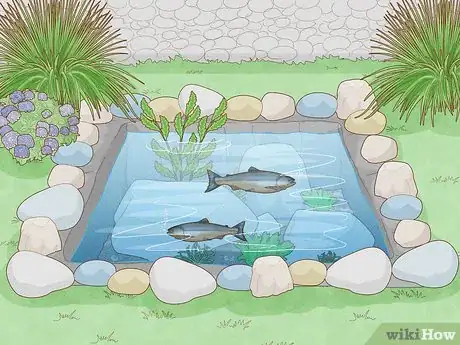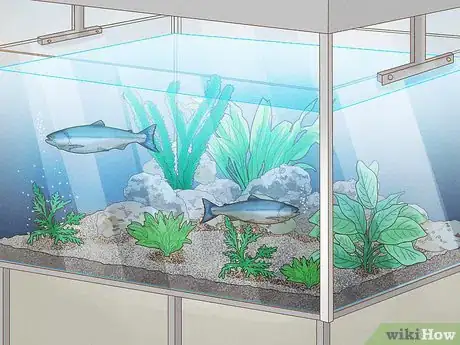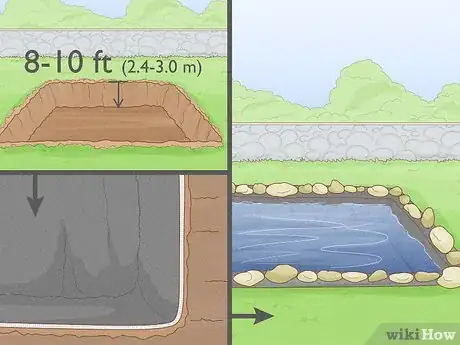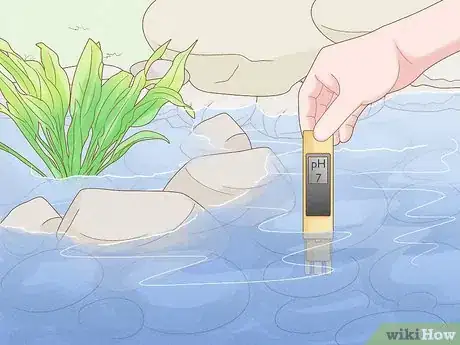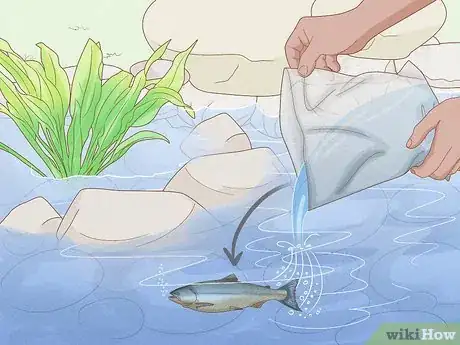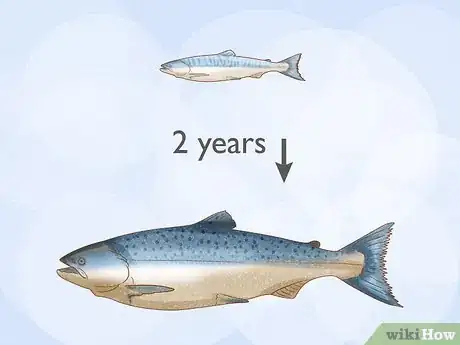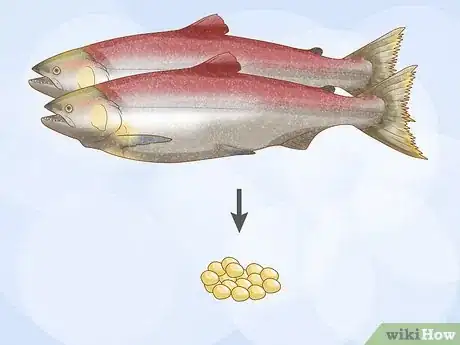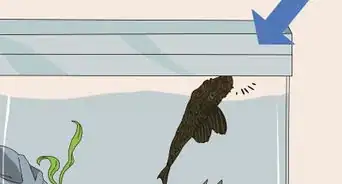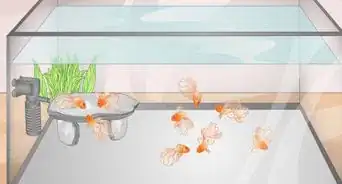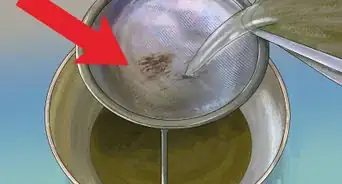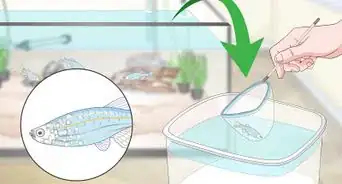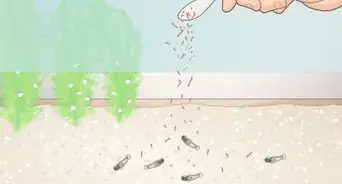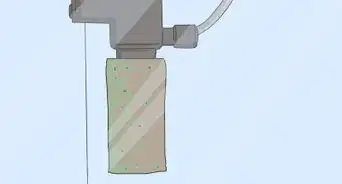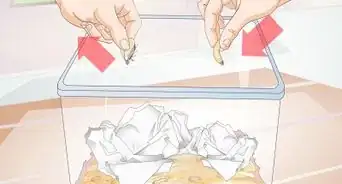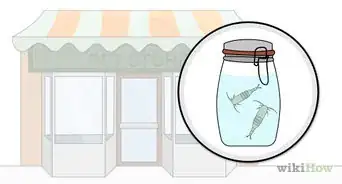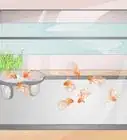This article was co-authored by Craig Morton. Craig Morton is the CEO of Aquarium Doctor Inc. based in Huntington Beach California and servicing Orange County, Los Angeles County, and the Inland Empire. With over 30 years of aquarium experience, Craig specializes in creating custom aquarium designs along with aquarium installation, service, and maintenance.
There are 7 references cited in this article, which can be found at the bottom of the page.
This article has been viewed 32,046 times.
Who doesn’t love salmon? It’s tasty and it’s good for you! It’s also a relatively easy fish to raise yourself. All you need is a well-constructed pond and you can keep a steady supply of fresh salmon right in your own backyard. To help you do it, we’ve answered some of your most common questions about what it takes to raise salmon in a pond.
Steps
How do you build a fish pond in your backyard?
-
1Dig out the pond in a low area that naturally collects water. Take a look around your backyard to choose a spot where rainwater collects after a storm to figure out where the low spots are. Sketch out the size and shape of the pond to use as a guide. Use a shovel, hire a contractor, or rent heavy machinery such as a bobcat or back-hoe to dig out the pond and be sure to include an area of the pond that’s between 8–10 feet (2.4–3.0 m) deep so the salmon have a cooler area if they need it.[3]
- No matter how large your pond is, a basic rule of thumb is it needs to be at least 8 feet (2.4 m) deep in 5-10% of the pond area to make sure your fish have enough room and oxygen.
- If you aren’t very experienced with earthworks, hire a contractor who will have all of the necessary tools and machinery.
- Before you dig, contact your local utility company to make sure there aren’t any buried power lines in your yard. If you’re in the US, you can call 811 to find out.[4]
-
2Add mason’s sand, geo textile fabric, and a pond liner. Mason’s sand is ultra-fine concrete sand that will create a soft bottom layer for your pond liner. Lay an even layer over the entire bottom surface of the pond. Then, lay a geo textile fabric flat on top of the sand. Finally, lay a pond liner, which is rubber sheet that will help your pond hold in the water, on top of the geo textile fabric. The pond liner, geo textile fabric, and sand will help prevent water loss and create a smooth surface at the bottom for your fish.[5]
- The geo textile fabric will also help protect the rubber liner.
- Press and smooth out the pond liner as best as you can. The water will help hold it in place.
-
3Fill the pond with water flowing down a plastic sheet. If you start filling the pond with a hose in 1 location, it can cause erosion and carve out a hole in the soil and sand beneath the liner. Instead, place plastic sheet in the pond and place your hose on top of it so the water flows more gently into the pond. Once the pond is full, you can remove the sheet and hose.[6]
Warnings
- Your local government may have laws or regulations about raising fish in a backyard pond. Double-check with them to make sure you aren’t breaking any rules.⧼thumbs_response⧽
References
- ↑ https://www.motherearthnews.com/homesteading-and-livestock/backyard-fish-farming-zmaz06amzwar
- ↑ https://www.scientificamerican.com/article/coho-salmon-farming/
- ↑ https://www.wildernesscollege.com/backyard-fish-farming.html
- ↑ https://call811.com/Before-You-Dig
- ↑ http://worldwideaquaculture.com/sustainable-backyard-fish-farming-how-to-dig-a-pond-raise-fish/
- ↑ https://www.wildernesscollege.com/backyard-fish-farming.html
- ↑ https://www.wildernesscollege.com/backyard-fish-farming.html
- ↑ https://www.wildernesscollege.com/backyard-fish-farming.html
- ↑ http://worldwideaquaculture.com/sustainable-backyard-fish-farming-how-to-dig-a-pond-raise-fish/
- ↑ Craig Morton. Aquarium Specialist, Aquarium Doctor Inc.. Expert Interview. 21 July 2020.
- ↑ https://www.scientificamerican.com/article/coho-salmon-farming/
- ↑ https://www.wildernesscollege.com/backyard-fish-farming.html
- ↑ https://www.howtoaquaponic.com/fish/salmon-aquaponics/
- ↑ http://worldwideaquaculture.com/sustainable-backyard-fish-farming-how-to-dig-a-pond-raise-fish/
